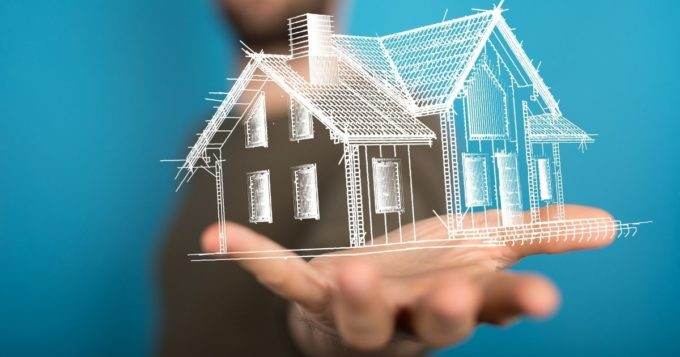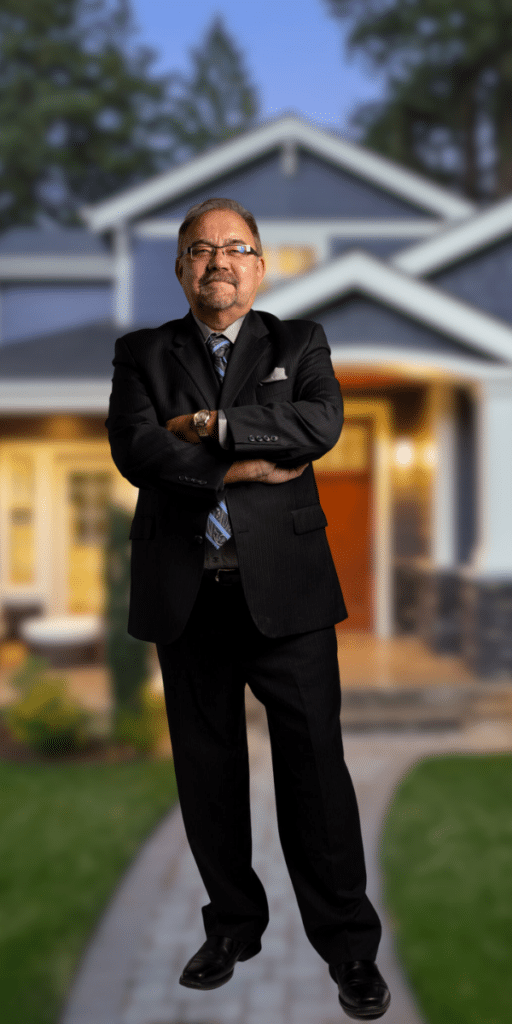 Trying to save the planet might be overambitious, but saving a city? That’s a possibility. Winnipeg is trying to do just that, with a reputation for eco-friendly companies and a long-term strategy for sustainable transportation. Green building is one of the key priorities for the government’s climate change plan, and more construction projects are turning to alternative approaches and materials. With this kind of momentum, Winnipeg may start seeing different kinds of homes for sustainable living dotting the landscape. Here’s what they might look like:
Trying to save the planet might be overambitious, but saving a city? That’s a possibility. Winnipeg is trying to do just that, with a reputation for eco-friendly companies and a long-term strategy for sustainable transportation. Green building is one of the key priorities for the government’s climate change plan, and more construction projects are turning to alternative approaches and materials. With this kind of momentum, Winnipeg may start seeing different kinds of homes for sustainable living dotting the landscape. Here’s what they might look like:
Earthships
These experimental buildings are back from their 70s heyday, and while their appearance can vary wildly, they’re hard to miss. Some look like glass castles growing out of the ground, and others are more in the spirit of humble hobbit huts. They’re characterized by natural and recycled materials, including—but far from limited to—recycled tires, cans, bottles, and cardboard, held together with cement and adobe mud.
Earthships are entirely self-sustaining systems with natural sources of energy. They use small-scale windmills and solar panels, and the inhabitants only eat food that’s produced in or around the home. Nearby rivers and streams provide water.
Prefab
You won’t recognize a prefab home if you drive by one because the building technique is versatile enough for any kind of architecture. It’s also the most energy-efficient building method available. Prefab homes are made with Structural Insulated Panels, which are manufactured in factories to the exact specifications for each design. So, when they arrive at the work site, SIPs don’t need to be built—just put together like a puzzle. That eliminates nearly all waste during construction and reduces the number of workers needed.
These homes are much more tightly insulated, which regulates temperature and can reduce utility bills up to 70 percent for decades. More savings result from to the pace of building: it takes an average of eight months to build most homes; with prefab materials, that’s reduced to four months—or less.
Rammed Earth
Of the different kinds of homes for sustainable living, these can be the most beautiful. Frank Lloyd Wright was a proponent of rammed earth, and his influence is recognizable in the architecture’s clean lines, open spaces, and harmony with nature. Rammed earth walls between 19 and 24 inches thick are built with tightly packed soil. They’re what built the Great Wall of China, too.
Rammed earth uses specially formulated soil to withstand extreme weather. It results in a smooth rock finish with a modern feel. With all that insulation, the homes are eerily quiet inside. The main drawback? Rammed earth is labor-intensive, so not all environmental enthusiasts can afford it for a dream house.
 About the Publisher
About the Publisher
Bo Kauffmann is a residential real estate agent with over 18 yrs experience in helping buyers and sellers achieve their goals. Inducted into the REMAX Hall of Fame in 2010 and receiving the REMAX Lifetime Achievement Award in 2019, Bo has sold over 500 houses and condos in the Greater Winnipeg market. He is an accredited buyer representative (A.B.R.) and a Luxury Home Marketing Specialist.
Bo provides exceptional service to First-Time Home-Buyers, Seniors looking to downsize and Home Sellers of all ages.
He can be reached easily By E-Mail or call/text him Call/Text Here
Never miss an episode of our real estate podcast. Install our FREE Podcast App available on iOS and Android. For your Apple Devices, click here to install our iOS App. For your Android Devices, click here to install our Android App. Check my videos on Youtube

